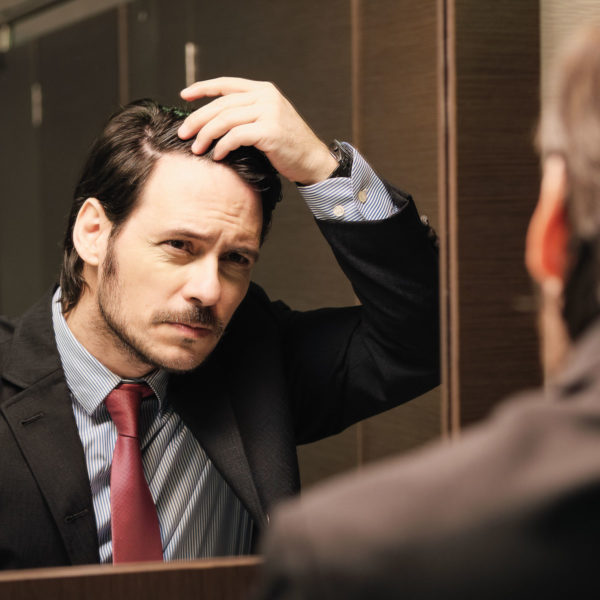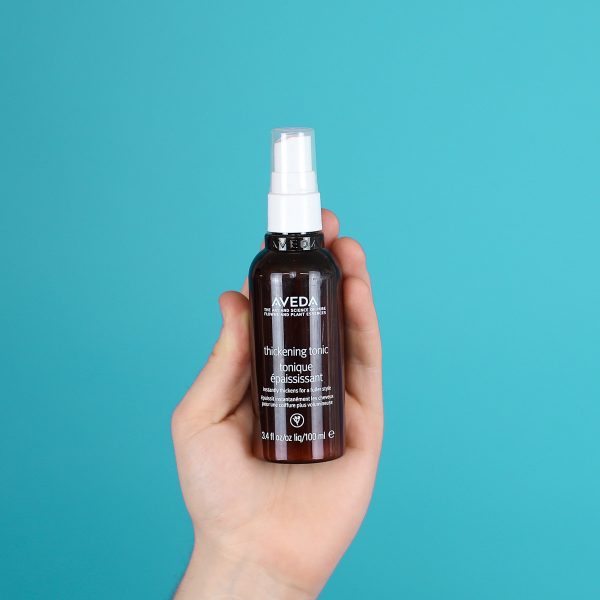
Hair Loss And Thinning
What is hair loss and thinning?
Hair loss or baldness is also known as alopecia. The start of hair loss is quite commonly seen in the crown of the head and in a receding hairline. This starts at the frontal line and works its way backward.
You might also notice hair loss during shampooing or hair left on your pillow after sleep. Over-production or build-up of sebum or skin oil can cause hair loss through clogging of hair follicles.
Have You Tried...
What causes hair loss?
- Age – On average, 40% of men start losing their hair by the age of 35. At age 60, 65% of men experience hair loss; while 80% will have lost it by their 80’s.
- Hormones – Dihydrotestosterone (DHT) – a hormone associated with, and stronger than testosterone – can bind to the hair follicle. This shrinks the follicle, cuts down the growth cycle, eventually leading to hair loss.
- Health – Prostate cancer, high blood pressure, diabetes and obesity may cause thinning and hair loss. Anticoagulant medications, blood thinners, Vitamin A or iron deficiency and supplements have been proven to also trigger the thinning of hair.
- Stress – The stress of a illness or undergoing a major surgery might lead to sudden hair loss known as telogen effluvium. Hair follicles are forced into a ‘resting phase’ and this can be marked by shedding chunks of hair over a short period. This, however, is not permanent and your hair should eventually grow back.
- Genetics – Baldness can be hereditary within your family.
Types of hair loss:
- Male pattern baldness – This type takes a U-shaped pattern around the back and sides of the head, gradually leading to complete baldness. It can be marked by a receding hairline and a slow disappearance of hair from the crown and frontal scalp.
- Total hair loss all over the body (Alopecia Universalis) – This occurs anywhere on the body where hair can grow. The nasal cavity, eyebrows, eyelashes, and pubic area can all lose hair.
- Ophiasis – Hair is lost in a wave-like shape that surrounds the head.
- Hypotrichosis – This refers to no hair growth at all.
- Scarring alopecias – Some medical conditions compromise the skin’s ability to allow hair to regenerate by causing scars on the skin. This includes cellulitis, folliculitis, and acne.
How to stop hair loss
- Products: You might be familiar with Rogaine (Minoxidil). It slows down hair loss and stimulates the growth of hair follicles and is available as a lotion or foam. It works best on the crown. Discontinuation leads to receding hair growth.
- Hair transplants involve removal of hair from other areas – most commonly the back of the neck. Research has shown that men are more likely to look into hair restoration surgery as an option compared to women. (Men at 20% and women at 12%)
- Laser therapy and light treatment are proven to combat the loss of hair. Laser therapy is the use of a red light or laser at a wavelength of 660 nanometers to increase growth.
- Some say that the use of peppermint and lavender essential oils have advanced effects on hair growth.

































